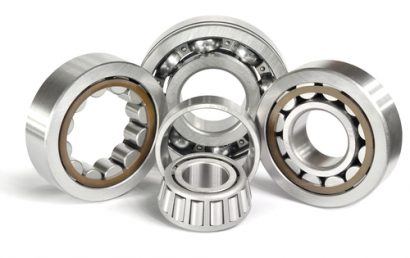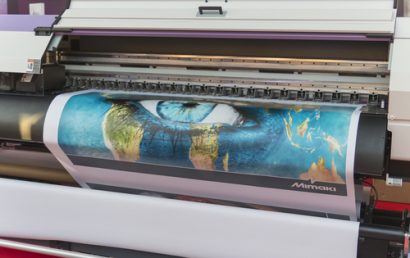Why The Paper Industry Must Make Intelligent Protective Coating Decisions
When manufacturers consider surface treatment options pertaining to increasing component lifecycles, appropriate costing can typically be overlooked. This is unfortunate because it can mean the dismissal of the most effective options. Let’s take a look at lifecycle costing: how to achieve it and how (for equipment and parts involved in textile, sheet material, and paper manufacturing) it can assist in a more well-rounded, efficient, and cost-effective approach to surface treatment.
Process Plant Rollers
Process plants involve many moving parts and are typically large in scale. They are most commonly involved in textile products, construction materials, paper, rubber sheeting, and plastic sheeting to produce materials to specified finishes and thicknesses on long coils. This kind of process means lots of high production lines containing numerous linear rollers. Those (sometimes heated) rollers are frequently in danger because of the job expected of them:
- Compress the product to produce specified surface finishes an increase density
- Apply, to the product surface, some chosen material
- Release sticky products
Saving Plant Rollers
Special coatings must be applied to rollers to maintain reliable output quality and quantity. These coatings may have textured finishes, hydrophilic or hydrophobic properties, abrasion resistance, or low friction.
An analysis will be done involving numerous pretreatment processes and available coating options. For components contained within equipment involved in textile, paper, and sheet material manufacturing, the processes are of a specific nature and should be determined by an expert. Price varies as to the processes and coatings. When referring to large rolls, a significant sum can be reached in many cases.
A Look at Cost
This is where a hasty decision can make the difference between a more efficient, higher-quality, longer lasting (more costly) protective coating and one that, though still preferable to no coating at all, will not offer the same protection… but may cost less. Cheaper right out of the gate does not necessarily mean more cost-effective in the long run.
To make an informed decision about what protective coating makes the best choice for your particular situation, you need this information: a higher quality, but slightly more expensive coating, can effectively reduce quality and reliability issues, maintenance, and costly downtime further down the line.
An Example
To clean rollers, it may be necessary to frequently close Lines. Because of adhesion to the roller, material can break. Another risk is web failure and high tension because of the wrapping effect. In these cases, a company will feel negative effects related to the cost of lower quality products, wastage, and downtime. Eventually, those costs will make the little bit of money they may have saved on the lesser protective coating seem insignificant.
At A and A Coatings, we can handle any roller size and have knowledgeable, experienced professionals who will not only determine the correct coating for your unique situation, but apply it expertly. If you would like to find out more about what thermal spray protective coatings can do for you, your company, and your bottom line, contact us today.



